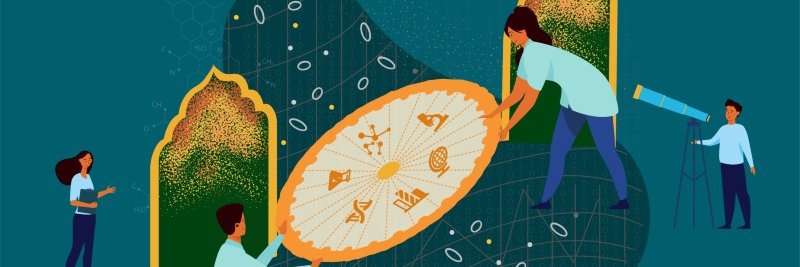
Nature India
@NatureInd
Nature Portfolio's India portal
☀️ Solar physicists have revealed how swirling plasma flows around sunspots, sculpted by the same Coriolis force that drives Earth's weather systems, shape the Sun’s rotation just beneath its surface. 🔗 Find out more: go.nature.com/4e6mMB1 #NatureIndia

🐸 A new study reveals that the Asian black-spined toad, Duttaphrynus melanostictus, has since expanded across ecosystems far from its South Asian origins leading to destabilizing biodiversity. 🔗 Find out more: go.nature.com/4lNUBtm #NatureIndia @ChrisDufresnes @Sally_Wren_

🟥 IIT Varanasi scientists create low cost nanoparticles that stop clotting in mice, opening new doors for safer blood storage and anti-thrombosis treatment. 🔗 Find out more: go.nature.com/3HSOsxd #NatureIndia @IITBHU_Varanasi

Muscles are not just about strength — they are the key to healthy ageing. @DBT_inStem's Dr. Arvind Ramanathan (@curiousraman) calls for muscle-centric strategy to boost wellbeing, promote timely interventions and reduce healthcare costs, in a @NatureInd commentary. Read here:…
🐬 As tensions flare over the Indus Waters Treaty, the endangered Indus River dolphin faces growing threats. With fewer than 2,000 left, experts warn that diplomacy may hold the key to their survival. go.nature.com/3ICaogu @Parineeta_River @commonleopardo @GillBraulik
🧬 New toehold switch technology detects Zika and novel coronaviruses with a simple colour change. Find out more: go.nature.com/4m4vx1d #NatureIndia @IISERPune

🦴 Scientists uncover India’s first whale fall bones from a 20 million year old sea giant, once feasted on by deep-sea scavengers. 🔗 Find out more: go.nature.com/3ZHLdib #NatureIndia

🌳 A new study of India’s voluntary carbon market (VCM) reveals a disappointing pattern: while tree-planting projects have succeeded in increasing forest cover, half have failed to endure. 🔗 Read more: go.nature.com/40tLNR7 #NatureIndia @ruthdefries
🚀 Breakthroughs in 6G technology, endangered dolphins caught in India–Pakistan tensions, snake-inspired flexible robots, and colour-changing virus sensors, all this in the latest episode of This Week in India's Science from #NatureIndia. 🎧 Listen now: go.nature.com/4m3GCzx
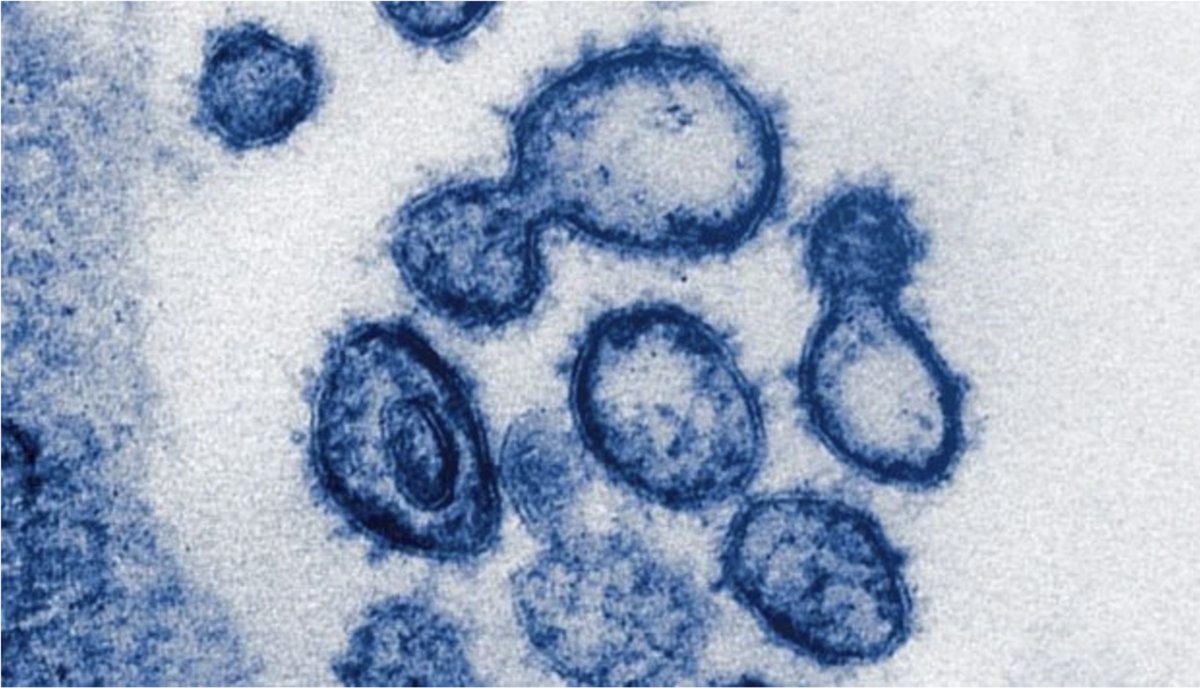
🧬 A genetic study suggests that the farmers responsible for rice domestication in the Ganga plains probably bred at least one of India’s three unique pig lineages around 5,000 years ago. 🔗 Read more: go.nature.com/3ZGRta0 #NatureIndia @bhupro

🌕 On #InternationalMoonDay, India’s #Chandrayaan3 found big clues about water-ice under the Moon’s surface. 🌕 Using a special probe, scientists saw huge temperature changes, a sign that ice could be hiding just below. go.nature.com/4je7T11 #NatureIndia @isro
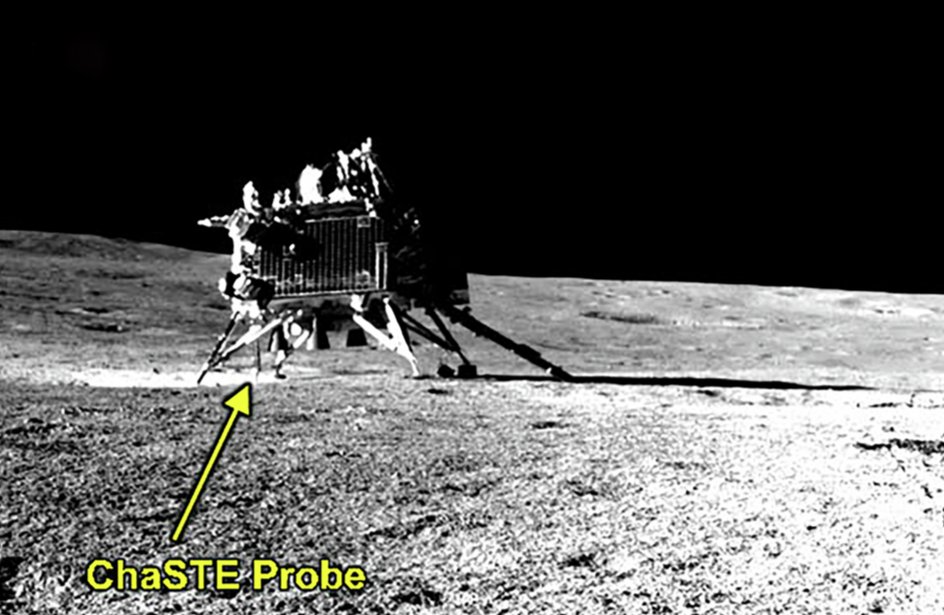
🌕 During COVID lockdowns, Earth sent less heat into space. New Indian research shows lunar nights cooled by up to 10°C due to cleaner skies. 🔗 Read the full story: go.nature.com/4kNGZxi #NatureIndia @PRLAhmedabad

🌧️ Beneath Maharashtra’s ancient talavs lie stories of extreme weather. In El Niño years, flash floods dumped sediment 30x faster than normal. These buried clues warn of a changing monsoon. 🔗 Read the full story on #NatureIndia: go.nature.com/3Io7UCn @WOTRIndia @Ana_13b

🧬 By sequencing DNA from hair, scat and saliva, researchers identify attacking tigers, offering a precision tool to manage rising human-wildlife conflict. 🔗 Find out more: go.nature.com/43PWI9U #NatureIndia

🌕 A lunar temperature dip during COVID-19, a shape-shifting protein that fuels oral cancer, and a 450-million-year-old creature racing extinction, this week’s episode of This Week in India’s Science brings powerful stories of change. 🎧 Listen now: go.nature.com/3TFEW36

What lies beneath? Maharashtra’s talavs are holding up a mirror to our climate future 🧭 A new @NatureInd article explores what sediment cores from centuries-old reservoirs are telling us — about forgotten floods, rising climate extremes, and the limits of our ageing water…
🧬 Cell biologists have discovered how specific fibroblast cells, found alongside oral cancer cells, promote the cancer’s survival and spread. 🔗 Find out more: go.nature.com/407tVvg #NatureIndia @FollowDbtNibmg
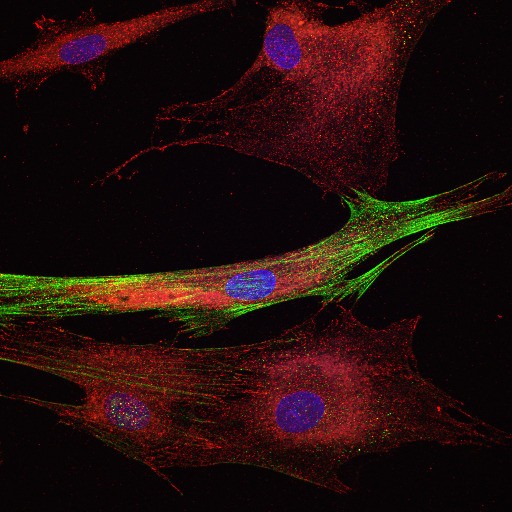
🌋 Geologists have developed a new mathematical method that can estimate magma pressure beneath the Earth's surface using only the visible portions of ancient volcanic dykes. 🔗 Read more: go.nature.com/3SMMeSi #NatureIndia
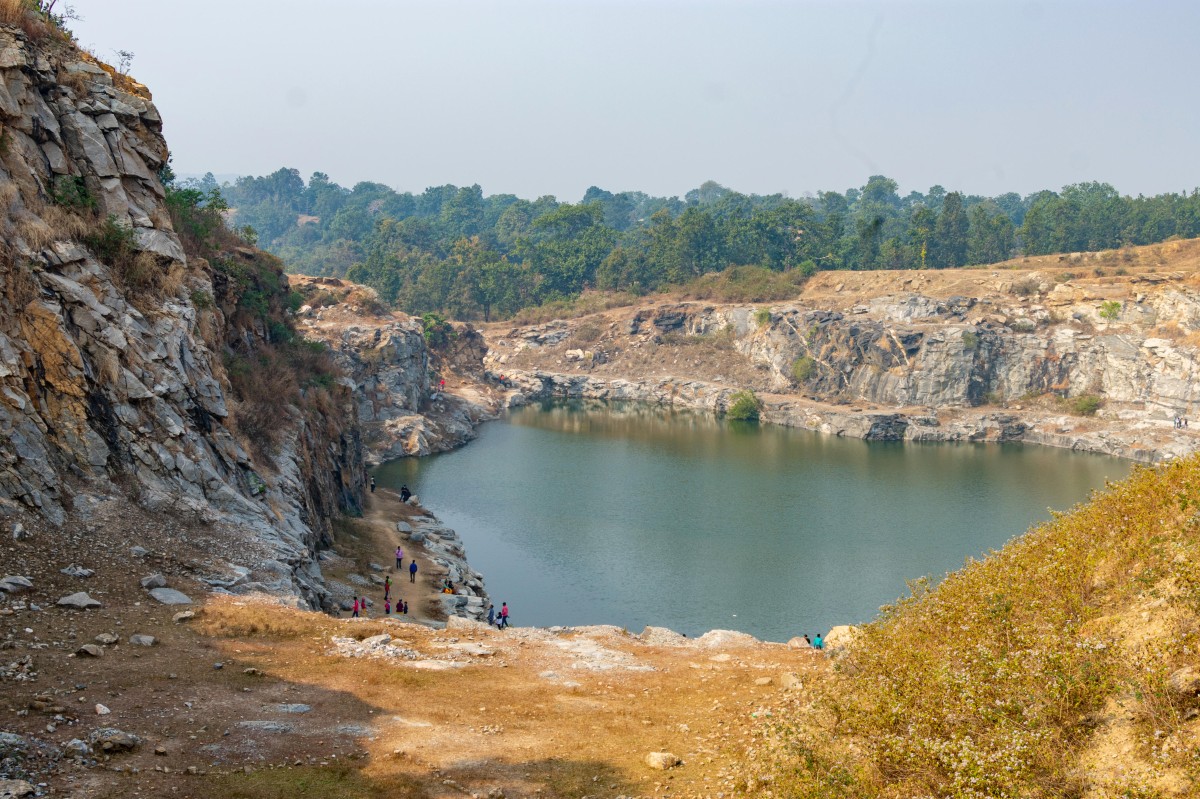
🧊 Shrinking ice unlocks research opportunities, and new risks, as scientists study carbon removal, biodiversity shifts and cloud formation in the Southern Ocean 🔗 Find out more: go.nature.com/4lKea5y #NatureIndia @PRLAhmedabad @iitmpune @Shreya__mehta_
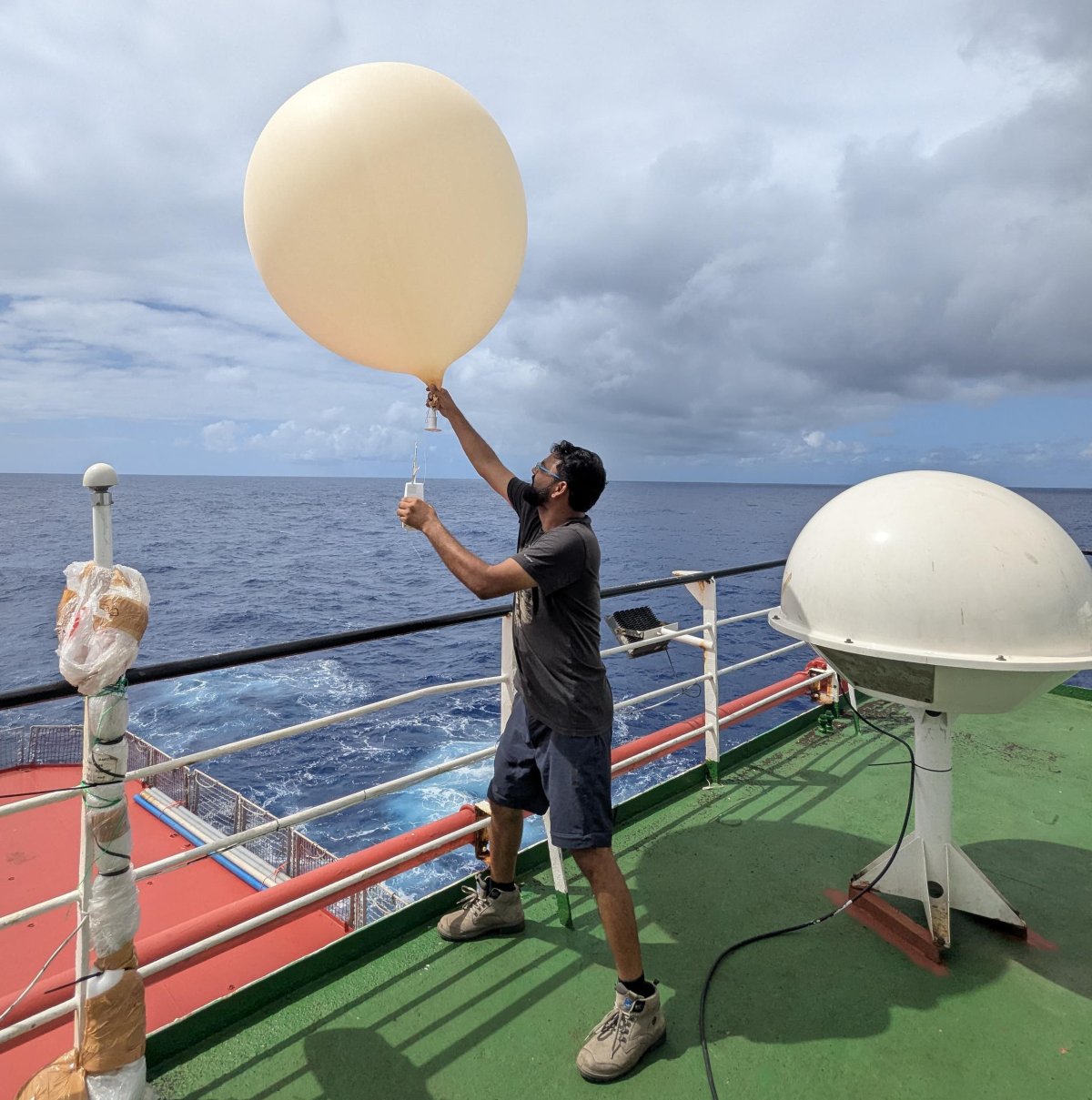
🧊 🤖 Melting Antarctic ice, toxic toads, post-silicon chips and AI-powered pollution fighters. 🎧 Interesting topics and amaing discoveries, listen now to this week of India’s Science podcast episode go.nature.com/4nK6kuO #NatureIndia
